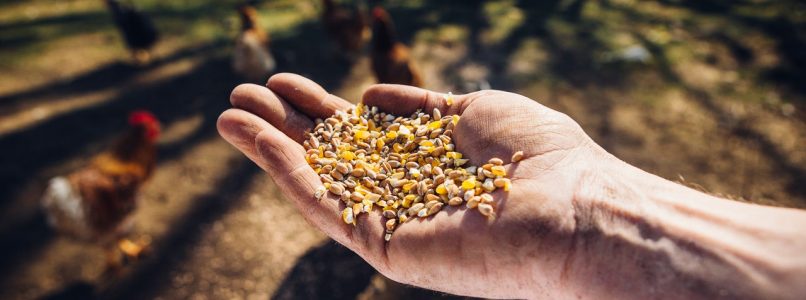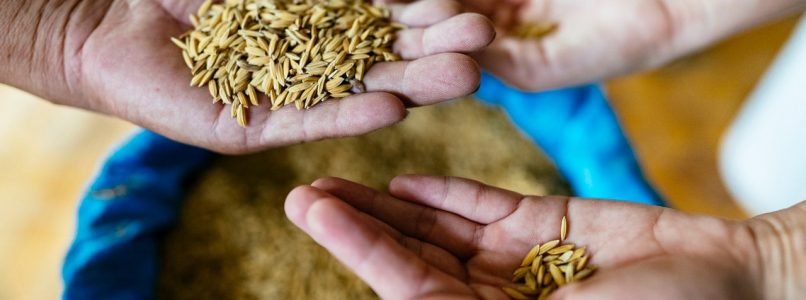How important are animal feed for our diet? Last December 1st and 2nd, theFood and Agriculture Organization of the United Nations (FAO) was the stage for a crucial event: the Global Forum dedicated to animal feed and industry regulators. The Forum attracted international experts, government officials, researchers and industry leaders from different parts of the world, all united by a common goal: to transform the livestock sector to make it more efficient, inclusive, resilient and sustainable.
The animal feed industry, with a massive annual turnover of over $400 billion and a production of over one billion tons of livestock feed, was at the center of discussions. This sector plays a crucial role in animal health,human nutrition and environmental sustainability.
In his opening speech, FAO Director-General Qu Dongyu highlighted the need for transformation in the livestock sector to respond to global challenges. “Feeding animals well means feeding the world better,” he said, underlining the importance of feed in the global food chain.
A critical aspect that emerged during the Forum was the importance of ensuring the availability, accessibility, quality and safety of feed. Qu Dongyu stressed that this will require concrete actions, from management of prairies and pastures to the production and processing of compound feed. Appropriate policies and regulations will be essential to achieve these goals.
The Forum provided an inclusive platform for national and regional authorities, FAO members, the private sector, researchers, development agencies and civil society. Some case studies provided opportunities to explore cutting-edge innovations and strategies to improve the production of high-quality, safe and environmentally friendly feed.
The growing demand for animal proteins, driven by population growth and urbanisation, was at the center of the discussions. Experts highlighted the need to address environmental, socio-economic and safety issues related to feed production, with particular attention to reducing antimicrobial resistance (AMR) through correct animal nutrition.
Leaders from trade groups such as the International Feed Industry Federation (IFIF) and experts from various countries brought diverse perspectives, addressing issues ranging from legislation on feed availability to the development of quality and sustainability standards.
The director general emphasized the need for accessible solutions also for small and medium-sized farmers, who represent the majority of livestock producers in the world. Improving access to knowledge, technology and markets is crucial to contributing to poverty reduction and rural development.
FAO experts provided insights into the organisation’s initiatives, including the Sustainable Livestock Transformation Initiative, highlighting the importance of animal nutrition, feed safety and alternative feeding practices.
In conclusion, the FAO Global Forum was a catalyst for taking action. With 60-80% of livestock production costs attributable to feed, improved nutrition and efficient use of local resources are keys to increasing profitability. The feed industry could play a key role in the bioeconomy, using by-products and residues to optimize land use and make agri-food systems more sustainable.

